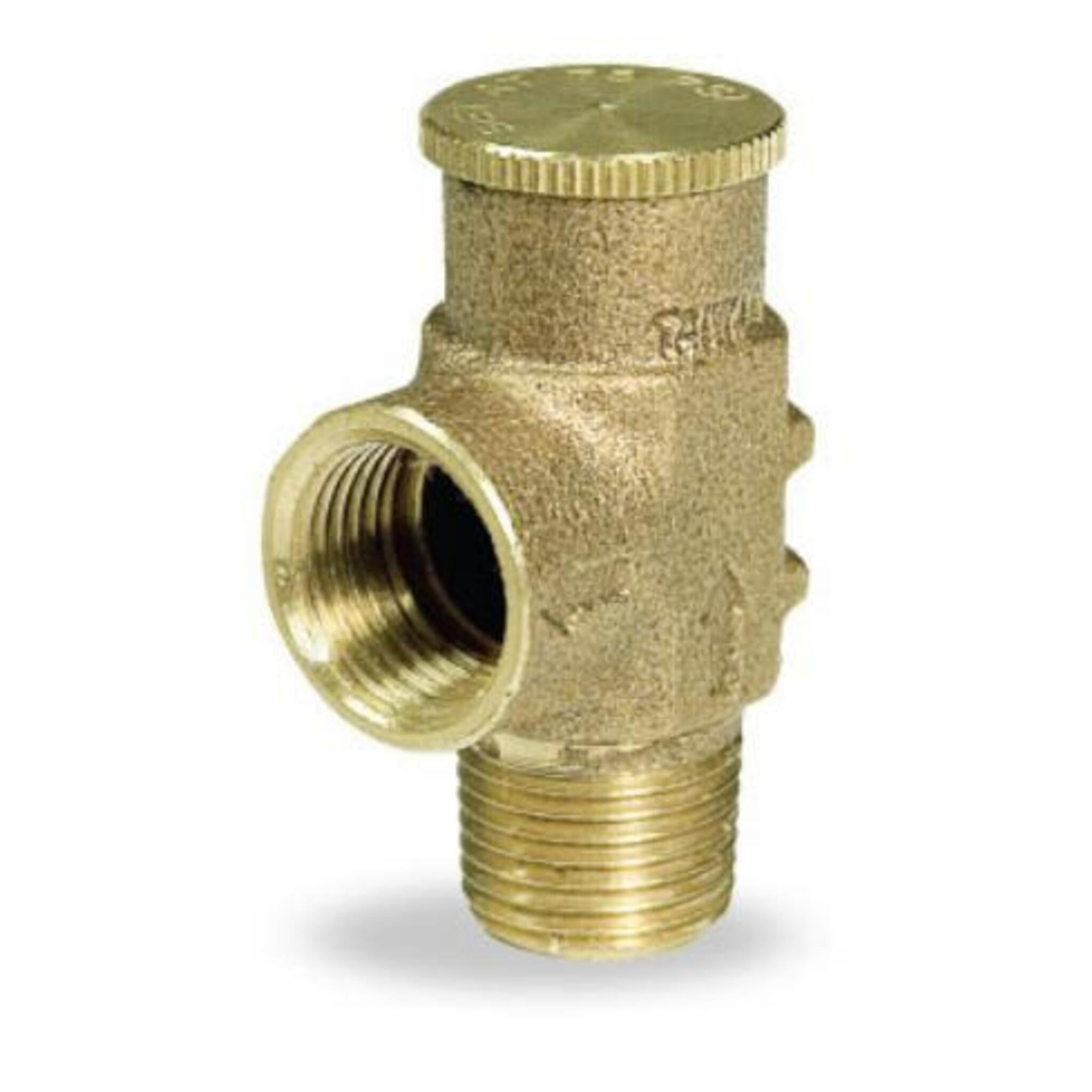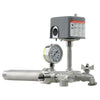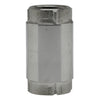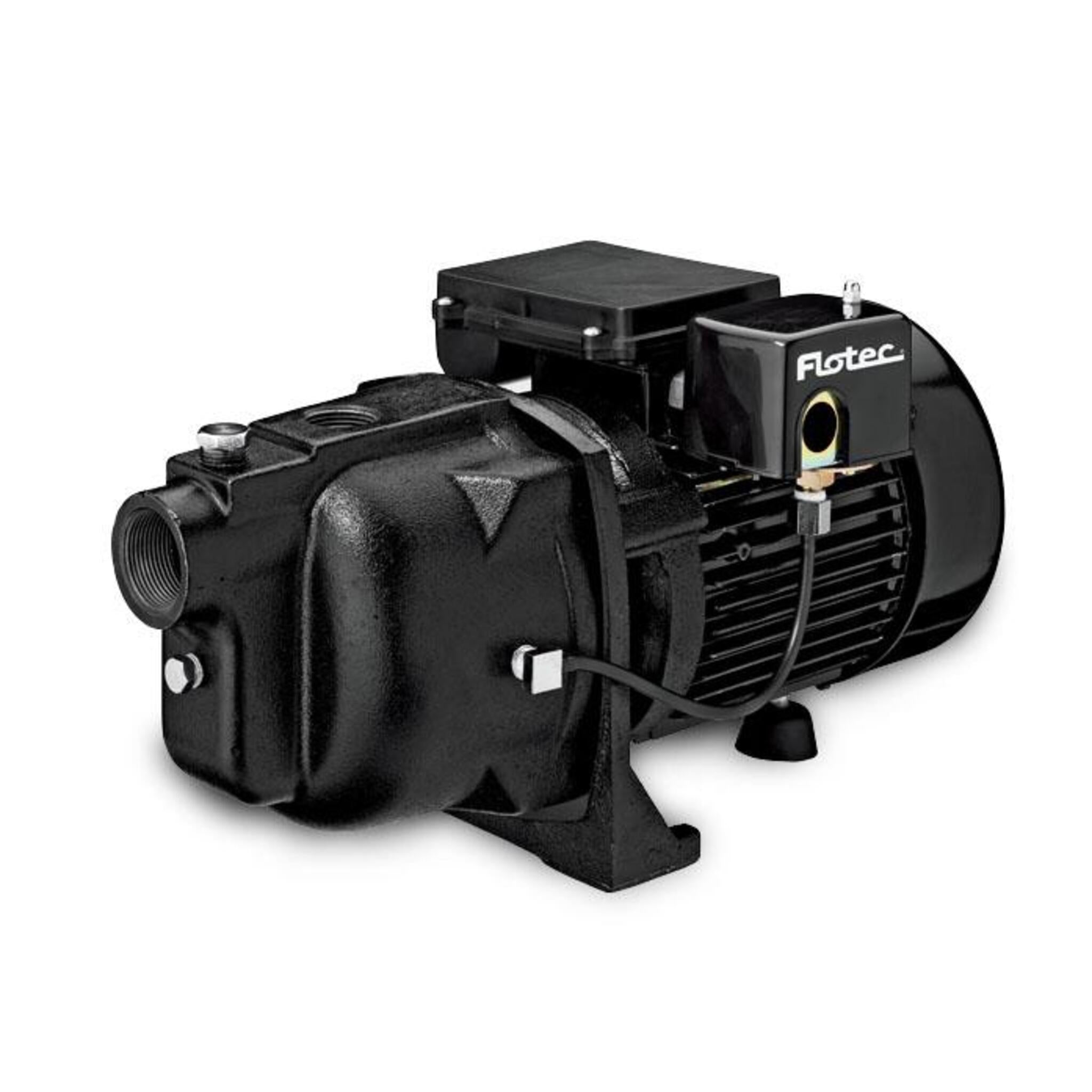Categories
- Shop All (5566)
-
-
- Hi-Vis Chainsaw Safety (14)
- Hi-Vis Coveralls and Overalls (25)
- Hi-Vis Hoodies and Shirts (49)
- Hi-Vis Jackets (35)
- Hi-Vis Pants (21)
- Hi-Vis Rain Wear (47)
- Hi-Vis Vests (51)
- Winter Hi-Vis Bombers and Parkas (26)
- Winter Hi-Vis Coveralls and Overalls (22)
- Winter Hi-Vis Hoodies (4)
- Winter Hi-Vis Pants (3)
- Winter Hi-Vis Vests (6)
-
-
-
-
- Brooms (2)
- Dust Mops (0)
- Dust Pans and Brushes (4)
- Flow Thru Tools (2)
- Microfiber Mops (0)
- Pool and Tank Tools (2)
- Scrubbers and Scrapers (1)
- Soap and Sanitizer Dispensers (0)
- Sprayers (1)
- Squeegees (1)
- Toilet Brushes and Plungers (3)
- Trash Cans & Bags (8)
- Wet Floor Signs (0)
- Wet Mops and Buckets (4)
-
- Bars and Prying Tools (21)
- Bolt Cutters and Shears (17)
- Chisels and Punches (9)
- Combination Hand Tool Sets (12)
- Extractors (13)
- Files (6)
- Gear Pullers (14)
- Hammers and Mallets (14)
- Hand Saws (22)
- Hex Keys (12)
- Layout and Distance Lasers (1)
- Marking Tools (1)
- Measuring Tools (26)
- Pliers (56)
- Precision Measuring and Testing Tools (24)
- Propane Torches (8)
- Screwdrivers and Nutdrivers (22)
- Sockets (66)
- Tap and Die Sets (11)
- Tool Boxes (27)
- Utility Knives (14)
- VDE Tools (7)
- Wire Cutters and Strippers (14)
- Wrenches (22)
-
- Beveling and Deburring (17)
- Curb and Valve Keys (20)
- Drilling and Tapping (12)
- Extended Impact Sockets (3)
- Flaring and Rerounding (7)
- General Pipe Working Tools (23)
- Guillotine Pipe Cutters (2)
- Hydrostatic Test Pumps (12)
- Internal Pipe Cutters (6)
- Manhole Testing (4)
- PE Peelers (8)
- Pipe Reamers (4)
- Pipe Threading (17)
- Pipe Wrenches (24)
- Plastic Pipe Joint Kits (4)
- Plastic Pipe Saws (5)
- Power Drive (13)
- Quick Release Cutters (15)
- Ratchet Shears (9)
- Ratcheting Wrenches (12)
- Rotary Cutters (3)
- Shut Off Tools (9)
- Soldering Torches (3)
- Vises (7)
-
- Angle Grinders (6)
- Batteries and Chargers (18)
- Bench Grinders (7)
- Circular Saws (3)
- Combo Tool Kits (10)
- Cordless Fans (6)
- Cordless Lighting (15)
- Cut Off Saws (4)
- Drills and Drivers (8)
- Grease Guns (3)
- Impact Drivers (5)
- Jobsite Radios and Speakers (8)
- Lifestyle (7)
- Mitre Saws (2)
- Reciprocating Saws (4)
-
- Angle Grinder Wheels and Brushes (23)
- Bench Grinder Wheels (7)
- Circular Saw Blades (11)
- Drill and Driver Bits (26)
- High Speed Gas Saw Blades (3)
- Holesaws (11)
- Impact Sockets (25)
- Jig Saw Blades (2)
- Oscillating Multi Tool Blades (1)
- Portable Chop Saw Blades (4)
- Power Tool Storage (5)
- Reciprocating Saw Blades (8)
-
-
-
-
- Air Fresheners (2)
- All Purpose Cleaners (19)
- Bowl and Washroom (8)
- Coffee and Breakroom (19)
- Degreasers (3)
- Dishwashing (4)
- Disinfectants and Sanitizers (1)
- Drain Openers (7)
- Hand Cleaners (9)
- Laundry Cleaners (10)
- Paper Products and Wiper Rags (24)
- Scale Removers (4)
- Urinal Pucks and Liquids (5)
- Wet Wipes (2)
-
-
- Ball Valves (13)
- Black and Galvanized Steel Fittings (16)
- Bronze Pipe Fittings and Nipples (13)
- Butterfly Valves (4)
- Check Valves (18)
- Flexible Connectors (4)
- Gate and Globe Valves (5)
- Knife Gate Valves (9)
- Pipe Fitting Accessories (4)
- Schedule 80 PVC Fittings (27)
- Stainless Steel Fittings and Valves (24)
- Victaulic Grooved Fittings (23)


Well Pumps and Pressure Tanks
57 products
Showing 1 - 24 of 57 products







What Are Well Pumps and Pressure Tanks?
Well pumps, booster pumps, and pressure tanks work together to deliver consistent water pressure in well water systems. The well pump draws water from underground, the pressure tank stores it under pressure to regulate flow and reduce pump cycling, and booster pumps enhance pressure when needed. Supported by components like pressure switches and gauges, this system ensures efficient, reliable water delivery to homes, farms, and other properties.
Well Pump
- The well pump is responsible for lifting water from the underground well. It supplies water either directly to the plumbing system or to a pressure tank. Proper sizing based on depth and demand is essential to ensure reliability and efficiency.
Booster Pump
- If the water pressure delivered by the well pump is insufficient, especially in multi-storey buildings, a booster pump is used to increase pressure. It ensures adequate flow across all outlets, particularly on upper floors. Booster pumps are most effective when used in tandem with pressure tanks to prevent constant cycling and premature wear.
Pressure Tank
- A pressure tank stores water under pressure and reduces the frequency of pump activation. This not only extends the lifespan of both the well and booster pumps but also ensures consistent pressure during peak demand. Accessories like pressure switches, gauges, and pitless adapters support optimal system performance and maintenance.
Factors to Consider When Selecting Well Pumps and Pressure Tanks
Water Usage and Demand
- Consider the water usage patterns and demand of your property. Assess the number of occupants, daily water consumption, and peak usage periods. This will help determine the appropriate pump size and pressure tank capacity to meet your water needs.
Well Depth and Flow Rate
- Understand the depth of your well and the flow rate of water it provides. The depth and flow rate will influence the type of well pump required, ensuring efficient water extraction and delivery.
System Size and Pressure Requirements
- Evaluate the size of your water system and the desired water pressure. Larger properties or properties with multiple bathrooms and water outlets may require pumps with higher capacities and larger pressure tanks to maintain adequate water pressure.
Explore Well Pumps and Pressure Tanks at Our Canadian Warehouse
Red Lion RL20A Pre-Charged 21-Gallon Pressure Tank
The Red Lion RL20A Pre-Charged Pressure Tank is a durable and efficient 21.1-gallon solution designed to maintain consistent water pressure in residential pump systems with up to six fixtures and outputs up to 7 GPM. Featuring a heavy-duty 20-gauge steel body, patented Leak Safe Technology, and a high-efficiency Butyl diaphragm, it reduces pump cycling and extends pump life.
Red Lion RL34A 34-Gallon Pressure Tank with Leak Safe Technology
The Red Lion RL34A 34-Gallon Pressure Tank with Leak Safe Technology is a high-performance solution for residential water systems with 10–13 fixtures and 12–15 GPM pump output. Built with durable 20-gauge steel and a polypropylene-lined interior, it features patented Leak Safe Technology, a high-efficiency Butyl Rubber diaphragm, and a 304 stainless steel connection for enhanced reliability and clean water safety. Certified to NSF/ANSI/CAN 61 and 372 standards, this tank reduces pump cycling, extends pump life, and supports both series and parallel installations.
Red Lion RL44A 44-Gallon Pressure Tank with Leak Safe Technology
The Red Lion RL44A 44-Gallon Pressure Tank with Leak Safe Technology is a durable and efficient solution for maintaining consistent water pressure in residential well water systems with up to 14 fixtures and pump outputs of 15–20 GPM. Made from heavy-duty 20-gauge steel, it features a stainless steel water connection, a Leak Safe polypropylene liner, and a high-efficiency Butyl Rubber diaphragm to reduce pump cycling and extend pump life. Certified to NSF/ANSI/CAN 61 and 372 standards, it ensures clean, safe drinking water.
FAQs
1. How long do well pumps and pressure tanks typically last?
They typically last 10–25 years, depending on maintenance, usage, and water quality.
2. Can well pumps and pressure tanks be installed in any well?
Yes, but the type must suit the well's depth and flow rate. A professional assessment is recommended.
3. Are well pumps and pressure tanks energy-efficient?
Yes, especially when properly sized and maintained. VFD systems further improve efficiency.
4. Can they handle high water demand?
Yes, as long as the system is correctly sized for your household or property’s usage.
5. Can they work with water treatment systems?
Absolutely. They can be integrated with filtration, softening, and purification systems for complete water solutions.










































